 PHP Framework
PHP Framework Laravel
Laravel Laravel Development Notes: Methods and Techniques to Prevent Cross-Site Scripting Attacks
Laravel Development Notes: Methods and Techniques to Prevent Cross-Site Scripting Attacks
#Laravel is a popular PHP framework that provides many useful features and tools that make web application development easier and faster. However, as web applications continue to grow in complexity, security issues become increasingly important. One of the most common and dangerous security vulnerabilities is cross-site scripting (XSS). In this article, we will cover methods and techniques to prevent cross-site scripting attacks to protect your Laravel application from XSS attacks.
What is a cross-site scripting attack?
A cross-site scripting attack is an attack that exploits vulnerabilities in web applications in which an attacker attempts to present malicious scripts to a trusted user. The result is that when a user visits a page containing the script, it will be executed, which can be used to obtain sensitive data from the user or to conduct further attacks against it.
In a Laravel application, cross-site scripting attacks can occur in several places, including user input and rendering of data without proper sanitization. Here are some common Laravel vulnerability scenarios:
- When a user submits a form, text input without proper sanitization is rendered.
- Output data that is not properly escaped can be exploited by hostile parties.
- Parameters passed through the URL are not filtered and verified.
How to prevent cross-site scripting attacks?
In Laravel applications, there are several best practices to prevent cross-site scripting attacks:
- Using Laravel’s XSS Helpers
Laravel XSS Helpers can be used to write secure code to ensure that incoming and outgoing data is properly filtered and escaped. The most commonly used method is the htmlspecialchars function, which escapes HTML usage symbols into safe text. Laravel also provides other useful functions, such as the e function, which escapes all HTML and JavaScript code to make it more readable and safe.
- Use CSRF protection
CSRF (Cross-Site Request Forgery) attack is a way to use an authenticated user identity to perform malicious operations. Laravel's CSRF protection can help you prevent this type of attack by adding a token to your application to verify that submitted form requests come from the expected source.
To enable Laravel's CSRF protection, add the $except array to the app/Http/Middleware/VerifyCsrfToken.php file to indicate routes and URIs that do not require verification. Additionally, you can use Laravel's csrf_field function to generate a hidden token field to ensure your form is protected on submission.
- Validate and filter user input
Input validation and filtering can help you ensure that your application only receives expected data to prevent the injection of malicious scripts. In Laravel you can do this using a form validator or a request object. The request object allows you to validate the data transferred in the request, while the form validator allows you to define your own validation rules and render error messages in a specific format.
- Using HTML and Templates
Laravel's HTML and template approach can help you better organize and present application data to effectively manage security issues. It's actually an easy and fast way to let developers focus on application functionality and protect against XSS attacks. You can use the Laravel Blade template engine to avoid security issues caused by unvalidated data. For example, the @{{ }} syntax can effectively escape the content, thereby avoiding the problem of XSS script injection.
- Use Cookies with Care
Cookies in Laravel are widely used to maintain user data. However, you should always be alert to potential security risks when using cookies. For example, cookies can be considered sensitive data such as user IDs and other personal information stored on a user's computer. If cookies are not encrypted or signed, attackers can use malicious scripts to steal this sensitive data. Therefore, when using Laravel cookies, you should always be alert to potential security risks and follow best practices such as encrypting and signing cookies to ensure their security.
Conclusion
Laravel is an excellent PHP development framework, but how to ensure security is a technology that developers need to study and master in depth. Cross-site scripting attacks are a common web application security hazard that developers must take precautions against. This article introduces some common precautions, including using Laravel's XSS Helpers, using CSRF protection, filtering and validating user input, using HTML and templates, and using cookies carefully to help you build secure Laravel applications.
The above is the detailed content of Laravel Development Notes: Methods and Techniques to Prevent Cross-Site Scripting Attacks. For more information, please follow other related articles on the PHP Chinese website!
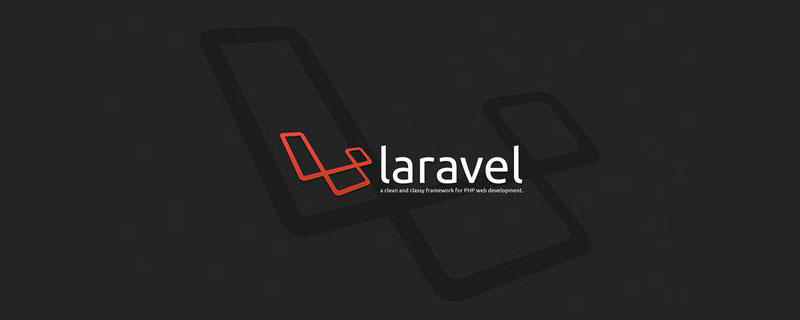 laravel单点登录方法详解Jun 15, 2022 am 11:45 AM
laravel单点登录方法详解Jun 15, 2022 am 11:45 AM本篇文章给大家带来了关于laravel的相关知识,其中主要介绍了关于单点登录的相关问题,单点登录是指在多个应用系统中,用户只需要登录一次就可以访问所有相互信任的应用系统,下面一起来看一下,希望对大家有帮助。
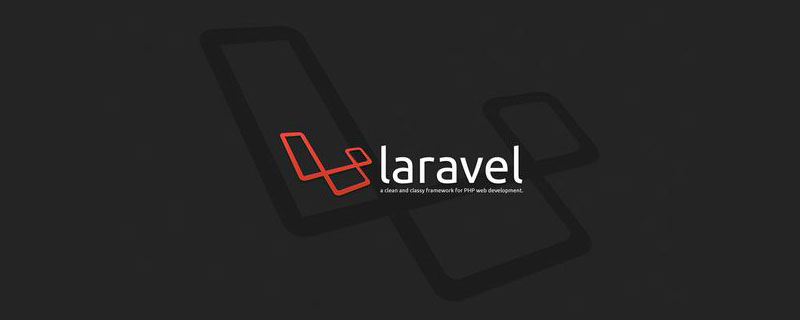 一起来聊聊Laravel的生命周期Apr 25, 2022 pm 12:04 PM
一起来聊聊Laravel的生命周期Apr 25, 2022 pm 12:04 PM本篇文章给大家带来了关于laravel的相关知识,其中主要介绍了关于Laravel的生命周期相关问题,Laravel 的生命周期从public\index.php开始,从public\index.php结束,希望对大家有帮助。
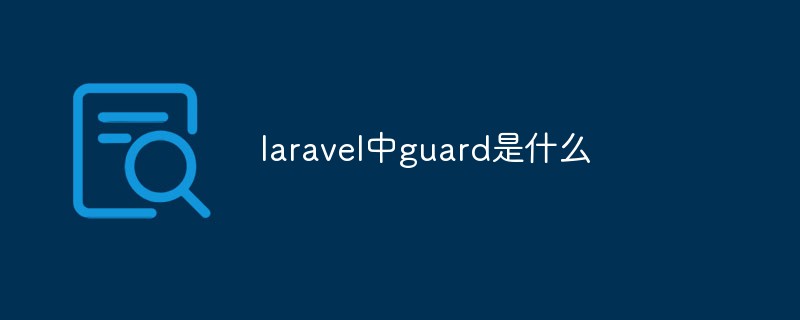 laravel中guard是什么Jun 02, 2022 pm 05:54 PM
laravel中guard是什么Jun 02, 2022 pm 05:54 PM在laravel中,guard是一个用于用户认证的插件;guard的作用就是处理认证判断每一个请求,从数据库中读取数据和用户输入的对比,调用是否登录过或者允许通过的,并且Guard能非常灵活的构建一套自己的认证体系。
 laravel中asset()方法怎么用Jun 02, 2022 pm 04:55 PM
laravel中asset()方法怎么用Jun 02, 2022 pm 04:55 PMlaravel中asset()方法的用法:1、用于引入静态文件,语法为“src="{{asset(‘需要引入的文件路径’)}}"”;2、用于给当前请求的scheme前端资源生成一个url,语法为“$url = asset('前端资源')”。
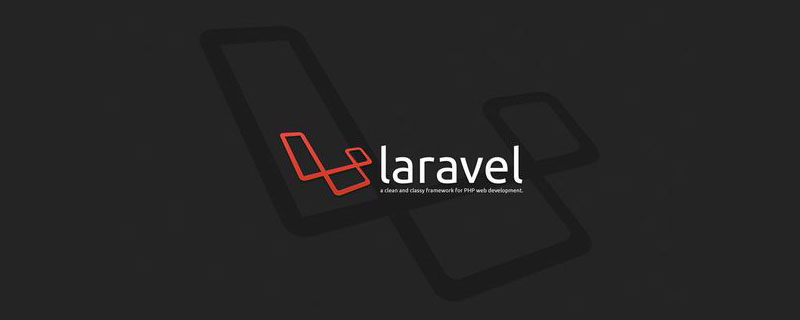 实例详解laravel使用中间件记录用户请求日志Apr 26, 2022 am 11:53 AM
实例详解laravel使用中间件记录用户请求日志Apr 26, 2022 am 11:53 AM本篇文章给大家带来了关于laravel的相关知识,其中主要介绍了关于使用中间件记录用户请求日志的相关问题,包括了创建中间件、注册中间件、记录用户访问等等内容,下面一起来看一下,希望对大家有帮助。
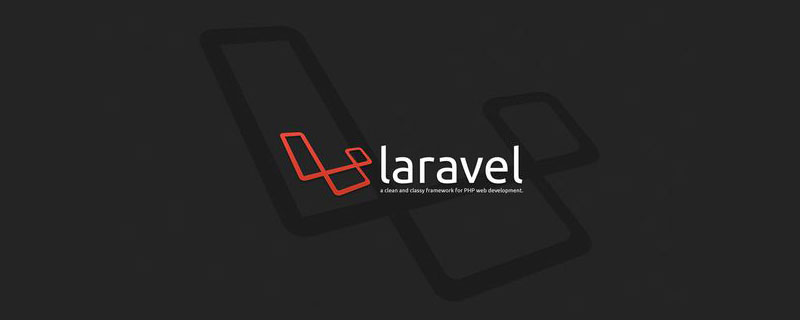 laravel中间件基础详解May 18, 2022 am 11:46 AM
laravel中间件基础详解May 18, 2022 am 11:46 AM本篇文章给大家带来了关于laravel的相关知识,其中主要介绍了关于中间件的相关问题,包括了什么是中间件、自定义中间件等等,中间件为过滤进入应用的 HTTP 请求提供了一套便利的机制,下面一起来看一下,希望对大家有帮助。
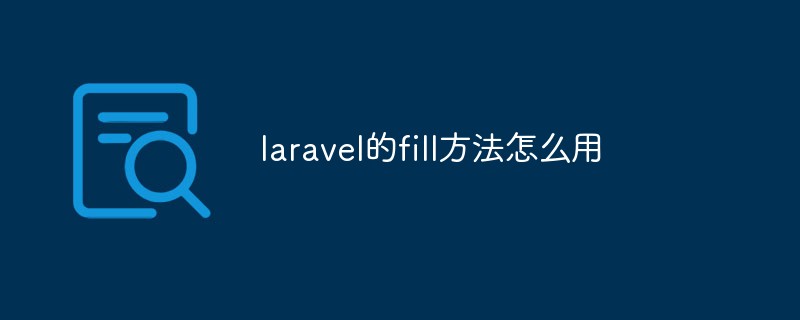 laravel的fill方法怎么用Jun 06, 2022 pm 03:33 PM
laravel的fill方法怎么用Jun 06, 2022 pm 03:33 PM在laravel中,fill方法是一个给Eloquent实例赋值属性的方法,该方法可以理解为用于过滤前端传输过来的与模型中对应的多余字段;当调用该方法时,会先去检测当前Model的状态,根据fillable数组的设置,Model会处于不同的状态。
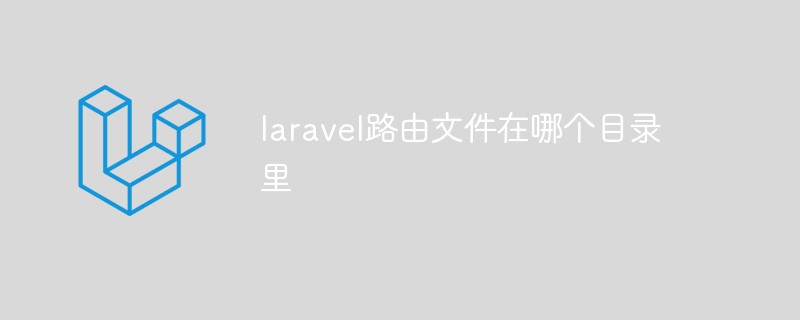 laravel路由文件在哪个目录里Apr 28, 2022 pm 01:07 PM
laravel路由文件在哪个目录里Apr 28, 2022 pm 01:07 PMlaravel路由文件在“routes”目录里。Laravel中所有的路由文件定义在routes目录下,它里面的内容会自动被框架加载;该目录下默认有四个路由文件用于给不同的入口使用:web.php、api.php、console.php等。


Hot AI Tools

Undresser.AI Undress
AI-powered app for creating realistic nude photos

AI Clothes Remover
Online AI tool for removing clothes from photos.

Undress AI Tool
Undress images for free

Clothoff.io
AI clothes remover

AI Hentai Generator
Generate AI Hentai for free.

Hot Article

Hot Tools

EditPlus Chinese cracked version
Small size, syntax highlighting, does not support code prompt function

Safe Exam Browser
Safe Exam Browser is a secure browser environment for taking online exams securely. This software turns any computer into a secure workstation. It controls access to any utility and prevents students from using unauthorized resources.

Dreamweaver CS6
Visual web development tools

SublimeText3 Linux new version
SublimeText3 Linux latest version

mPDF
mPDF is a PHP library that can generate PDF files from UTF-8 encoded HTML. The original author, Ian Back, wrote mPDF to output PDF files "on the fly" from his website and handle different languages. It is slower than original scripts like HTML2FPDF and produces larger files when using Unicode fonts, but supports CSS styles etc. and has a lot of enhancements. Supports almost all languages, including RTL (Arabic and Hebrew) and CJK (Chinese, Japanese and Korean). Supports nested block-level elements (such as P, DIV),





